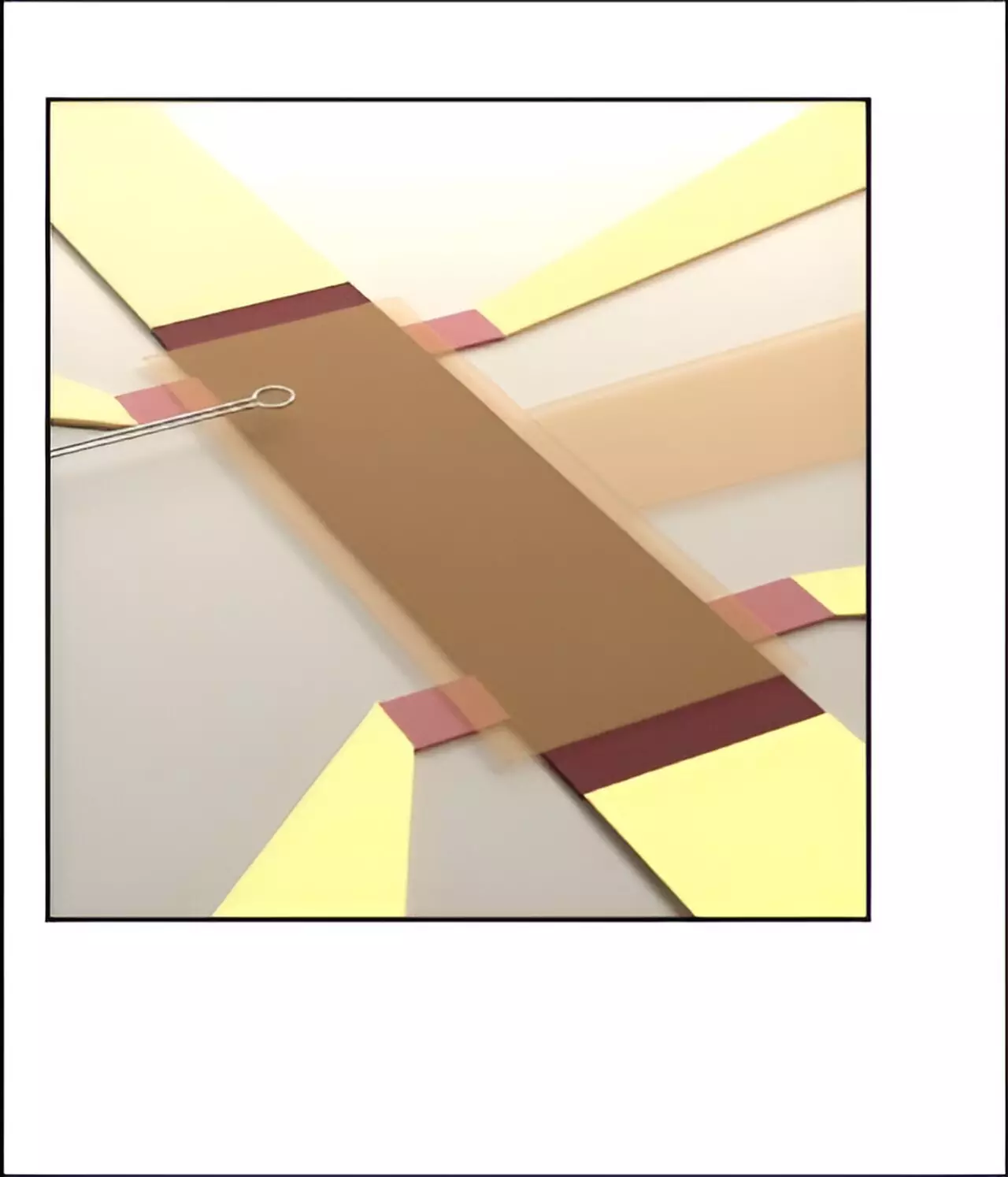Topological protection has emerged as a transformative concept in condensed matter physics, offering robust frameworks for understanding certain physical phenomena that endure against various perturbations. However, this robustness comes at a cost: it enshrouds crucial microscopic information that could enhance our understanding of these complex states. Within this intricate tapestry, recent advancements challenge the traditional views held regarding these topological states. A notable contribution comes from a collaborative study by researchers Douçot, Kovrizhin, and Moessner, which aims to dissect and transcend the barriers imposed by topological censorship, revealing unexpected behaviors in current flow within materials.
Topological censorship serves as both a boon and a bane in experimental physics. While it guarantees that global properties, such as quantized resistance, represent fundamental characteristics of a system, it simultaneously obscures the finer details of local behaviors. This dichotomy likens topological phenomena to black holes, where internal information remains hidden by an event horizon. Although this censorship ensures that theories can yield topologically accurate results, it can do so at the expense of a deeper microscopic understanding. This is poignantly observed in the study of Chern insulators, where the conventional wisdom asserts that current flow is predominantly limited to edge states.
Experiments have validated this edge-centric view for decades. Nonetheless, the paradigm was recently questioned by breakthrough experimental observations that indicated the potential for a bulk character in the current flow of these fascinating materials. This shift in perspective prompts an essential inquiry: can one qualitatively tune the characteristics of current flow beyond conventional boundaries?
Key to disentangling the complexities surrounding current flow in Chern insulators is the collaboration of researchers at MPI-PKS in Dresden and Paris. Their theoretical framework not only explains a recent experimental finding but also reveals a meandering edge state capable of carrying topologically quantized bulk current. Unlike the traditional configuration that views current flow as linear and constrained to the sample edges, their analysis introduces an alternative perspective—current flow can be imagined as a broad and erratic channel, akin to a flowing stream in a marshland rather than a narrow canal.
The theoretical predictions pave the way for profound explorations into the nature of Chern insulators. By employing local probes to map current distribution in these insulators, researchers like Katja Nowack have confirmed that electron current can indeed circulate within the sample itself, instead of exclusively tracing the periphery. This revelation not only contradicts longstanding expectations but also invites broader questions about the nature of topological materials and the mechanisms governing their properties.
The findings documented in the Proceedings of the National Academy of Sciences signal a pivotal moment in our understanding of topological states. By clarifying how current can flow within a Chern insulator, the study provides a foundation for rethinking experimental methodologies in probing topological materials. It also encourages further research into new experimental setups to examine the distribution of charge and other local properties hidden behind the curtain of topological protection.
Furthermore, the implications extend beyond mere theoretical discourse—they echo within the agenda of practical quantum computing applications. Topological protection has been hailed for its potential to safeguard quantum states against errors in quantum computing architectures. As researchers strive to exploit these properties for error-resistant designs, understanding the nuances of current flow in topological materials becomes increasingly essential.
The ongoing dialogue between theoretical predictions and experimental findings leaves an indelible mark on the landscape of condensed matter physics. The efforts by Douçot, Kovrizhin, and Moessner to lift the veil of topological censorship mark a significant stride toward reconciling global properties with much-needed microscopic insights. As we venture further into this realm of study, a greater appreciation for the complex behaviors of topological states emerges, poised to enrich our understanding of matter profoundly. The dialogue initiated by these discoveries promises a new frontier for both theoretical and experimental physicists, as the quest to untangle the intricacies of nature continues.


Leave a Reply